Foam Roller Fundamentals
We've teamed up with fitness expert Steve Lewis to provide you with a guide on the benefits of Foam Rolling and how to use a Foam Roller

About Steve
Steve Lewis is an accredited sports massage therapist, personal trainer and conditioning coach in Sussex, Southern England. With more than 10 years of experience in the fitness industry, Steve has built his freelance training business through dedication and passion for his trade. Now, Steve operates alongside multiple gyms and clinics across Sussex including Healthworks Physiotherapy, Chichester College and the world-renowned Platinum Healing Retreats.
His enthusiasm for movement mechanics and functional exercise leads him to continually broaden his studies and personal development, believing that a wide net should be cast in the pursuit of optimal health, strength and general well-being.
"Keeping fit and healthy isn't a single track journey, it splits into multiple, equally important paths that should all be explored, experienced and enjoyed first hand. Closing your mind to new ideas and challenges is often the most limiting factor in one's physical progression."
The Fundamentals of Using a Foam Roller

What is a Foam Roller?
Simply put, a foam roller is a convenient and inexpensive tool to help maintain healthy muscle tissue and increase mobility. Its ever-growing popularity means there is one to be seen in every gym and because of its therapeutic simplicity; there should be one in every home too.
Fortunately, the outdated perception of foam rollers only being used for athletes is long gone. It was quickly realised that armed with just a basic grasp of the fundamentals anyone could pick up a foam roller and reap the rewards. They may differ in shape and size but their purpose remains the same; to relieve muscular aches and pains and increase our soft tissue quality. As a conditioning coach my training methods will vary according to the clients’ skill or ability but what will always remain consistent is the recommended use of a foam roller.

What are the benefits of a Foam Roller?
We all know that a good massage therapist can help alleviate muscular tension and release stubborn knots through physical manipulation of the tissue. Well, a foam roller uses a similar principle but instead of the pressure being applied by a therapist it's your own bodyweight that does the job. The foam roller's simple cylindrical design allows for a smooth back and forth motion along the intended muscle and your positioning on the foam roller is determined by which area you're targeting.
During these long strokes, the flow of blood and lymph to the muscle increases, bringing with them a healthy supply of oxygen and nutrients. This enriched blood flow triggers a pretty comprehensive list of benefits:
- Improve joint mobility
- Increase muscle flexibility
- Decrease risk of injuries
- Decrease recovery times
- Improve posture
And let's not forget the economic benefits of a foam roller too. They're compact, convenient and with their reputable durability, they're also an excellent investment. I've had my "Trigger Point TM" foam roller for 6 years now and it's still going strong. Foam rolling can never fully replace the accuracy and skill of a perceptive therapist but rest assured the more time you spend on a foam roller the less time you'll spend down the clinic.
When our muscles become more pliable we in turn increase our flexibility. For example, if I were to use a foam roller to lengthen my pec minor (a small muscle in the chest connecting to the front of the shoulder blade) it should consequently increase my ability to raise my arm overhead without being impeded, thus decreasing my risk of injury when I play tennis. Wonderfully simple therapy, right? In theory, yes but the shoulder complex is just that - complex, so there may well be other limitations involved. But take on board this cause and effect principle of foam rolling because it can be applied to a myriad of other conditions.
After exercise, you may be familiar with that stiff, achy feeling in the muscles that creeps up on you after a day or two post-workout. This is referred to as DOMS (Delayed Onset of Muscle Soreness). Not only can it inhibit our ability to exercise the next day but it can interfere with simple daily tasks. It often occurs following a particularly intense workout but more likely it's the result of introducing a new exercise or movement to your routine. So you're excused for barely being able to walk after trying your friends’ aerobics class for the first time. The soreness you then feel is actually minute tears in the muscle fibre followed by an inflammatory response and chemical reaction. This reaction can cause stiffness for up to a week unless treated with long strokes from a massage therapist or, yes you've guessed it, a foam roller. The increase in circulation helps to remove these waste products from the tissue allowing your muscles to move uninhibited again, therefore decreasing your recovery time.

Throughout the day it's easy to become complacent and lose your postural awareness; whether it's stressing over a laptop at work, slouching on the sofa in the evenings or going for your 1 rep max at the gym. Over time, repeating these positions will slowly begin to lengthen certain muscles and shorten others beyond their optimal resting range resulting in postural obliquity. The simplest example of this is the classic rounding of the back and shoulders through daily desk work. As our heads naturally migrate towards the computer screen throughout the day so will our shoulders, causing the muscles across our chest to tighten. This is turn will lengthen the opposing muscle group - which in this case are the rhomboids and trapezius of the upper-back - deviating us from our optimal mechanical position. And it wouldn't just stop there. This deviation sends a wave of compensation up and down the body as we naturally adjust into our now altered centre of gravity. Using a foam roller will not only help to lengthen these shortened muscles, improving your mobility but also, through specific positions, it's possible to directly oppose those daily dysfunctional conditions, therefore improving your posture. One of my favourite corrective positions will be explained later on in detail.

How does a Foam Roller work?
There are over 600 muscles in the human body, each with its own individual roles and attachments. Think of them like a dynamic, complex and very crowded circuit board. Now, unlike a regular circuit board this one moves, contracts, lengthens and even grows from day to day. So it will come as no surprise to hear that this needs regular maintenance to function correctly and efficiently. Without it, we can develop physical problems from minor to debilitating. Fortunately, there are plenty of therapies available to us to help tackle these problems, few of which are as pleasingly simple as foam rolling.
The precise biological process behind foam rolling is, interestingly, still debated, but the direct effects cannot be challenged. Below are the two most visceral and intuitive explanations as to what's exactly going on in the body when we use a foam roller.
By releasing "knots" or "trigger points"
These knots (as they're most commonly referred to) are localised adhesions of discomfort built up in the muscle tissue. Clearly, your muscles cannot physically tie themselves in knots but the reason they're called this is because that's exactly what they feel like - a buzzing, aching knot of muscle that not only causes localised pain but can also result in compensatory discomfort elsewhere.
Knots can form as a result of dehydration but are more commonly caused by sustained (or occasionally sudden) changes in length to the muscle. This means that any compromised exercise at the gym, stressed positions playing sport or more commonly, prolonged positions of poor posture at the office can result in adhesions. The most congested and complex parts of our musculature are where these knots will most commonly occur. It's these areas that are called trigger points.
By positioning yourself appropriately on the foam roller and applying pressure to the trigger point it's possible to remove these knots and regain function. Given that many of these trigger points are in confined areas of the body the use of smaller therapy equipment, such as a "therapy ball" or "duo-ball", are recommended for more accuracy than a foam roller.
By manipulating the fascia
Without getting too complicated, the anatomical process that takes place when rolling occurs not only in the muscle tissue mentioned above but also in the fascia that surrounds it. Think of fascia as a continuous network of fabric that envelopes not only the muscles in our body but our bones and organs too in one long unbroken structure. For it to function correctly it needs to be able to glide freely over the soft tissue that it surrounds. Again, when we undergo excessive positions of postural or mechanical stress such as when using a foam roller; the fascia can literally get stuck and adhere to itself or to other nearby tissue. By slowly rolling back and forth on a foam roller it's possible to release these fibrous adhesions restoring the function of this essential infrastructure.

When and how should I use a Foam Roller?
Considering its multitude of effects, foam rolling has a variety of different techniques (not to mention different types of foam rollers themselves) to elicit the desired response. Knowing the basic principles of when and how to use them will give you the skills to explore more techniques on your own and more importantly give you the confidence to practice them safely.
How often should I use a Foam Roller?
The simple answer is: as much as you can. Realistically if I have a client who uses their foam roller once or twice a day I'm very happy. Try squeezing in a 5 to 10 minute rollout into your daily routine by incorporating it into your downtime. Whilst watching TV for example. Remember foam rolling isn't a chore, it's therapy. And like with all new therapy routines consistency is key, so keep your foam roller where you can see it.
For how long?
For general maintenance, each muscle (or muscle group) should be focused on for up to two minutes at a time. Now for those astute readers who remember that there are over 600 muscles in the human body, don't panic, you're not required to use a foam roller on them all. I list a few of my favourite techniques later in the article that are arguably the most valued and advantageous to your general wellbeing.
Just moving around on the foam roller and discovering those tight spots is a win in my book, but for maximum efficiency, it's important to know which technique to utilise and at what time;
It's a good idea to begin with fluid, gliding strokes forwards and backwards along the muscle to stimulate healthy circulation and identify any knots and adhesions on the way. With larger muscles, like the quadriceps, this can typically take 2 or 3 seconds in each direction but feel free to slow it down further if desired. Again, listen to your body and respond accordingly. After a minute or so of rolling return to any now detected trigger points (positioning the foam roller directly over the affected site) and pause for 10-20 seconds. Breathe deeply, as you'll certainly be feeling a degree of discomfort at this point and ensure that you can maintain your position safely and without compromise. After the hold go back to a few longer rolls before repeating if necessary. Alternatively, if the hold doesn't suffice, try rolling back and forth on the foam roller in small concentrated movements for 10 seconds at a time, for those particularly stubborn knots.
When?
Outside of your workout there are no strict therapy times to adhere to, simply listen to your body and either respond or pre-empt. Foam rolling for general mobility maintenance and injury prevention can be exercised at any time of day. But if you've returned home broken from a long day at work try and resist the urge to collapse on the sofa. Being slouched over certainly won't help your already aching muscles. Instead, 10 minutes of static release on a roller or therapy ball is a far more beneficial alternative. Your good night's sleep will thank you for it.
When exercising, a foam roller should be used both before and after training for best results. During your warm-up, the purpose of rolling is to prepare both body and mind for the workout ahead. As well as becoming more mentally alert and invigorated the increase in oxygenated blood to the muscles physically animates them into a state of readiness. Think of it as riding a bike. You could jump straight on and cycle adequately enough, perhaps suffering a few clicks and clunks from the gears along the way or you can spend 5 minutes on some pre-ride checks, pump up the tyres and oil the chain for a much smoother (and faster) ride.
At the end of your workout (after your cool-down) feel free to spend as long as you'd like with the foam roller. Its sole purpose here is some R&R; relax and recover. Breathe deeply, loosen up and use deep fluid rolls along the muscles to help flush out those destructive by-products that have accumulated during exercise.
I know a number of you are reading this and thinking that your training schedule is tight enough as it is without having to add another 5 minutes at each end. Well, for those of you who do blitz a 40-minute workout at lunch I urge you to reconsider skipping the rollout. As a result of the benefits mentioned above, your warmups will typically be shorter due to the efficiency of micro-circulation (blood flow within the soft tissue), you're less likely to suffer an injury, you'll recover faster and your chance of adding that extra couple of kilos to your squat has just shot up.
After your first foam roller experience, you may well feel a little battered and even lightheaded - after all you are essentially becoming closely acquainted with a giant colourful foam rolling pin - but these sensations are quite normal. Your body is responding to a change in circulation of blood and lymph so ensure you are plenty hydrated, especially if rolling before or after your workout.

Which Foam Roller should I choose?
With an exhausting array of colours, shapes and sizes to choose from a good place to start would be with a high-density EVA (ethylene vinyl acetate) foam roller (pictured). These no-nonsense all-rounders are made from a dense and durable vinyl, the same stuff used for flooring in the weights room, which means they shouldn't warp from regular use anytime soon. The foot-long, fully round variant is the most common, due to its portable size, diverse usage and good value for money. But the longer 90cm variety is also very useful for the more advanced and dynamic back rolls.
The old fashioned, (usually white) porous looking foam rollers, are the cheapest option by far – but arguably, for good reason. They will, sooner or later, lose their shape and warp from consistent use. However, if you're looking to equip all 20 clients in your circuit class with a foam roller then these definitely tick the right box. But if like most, your curiosity has brought you here in search of your very first roller then my advice is this; buy once and buy quality. Given the enormity of health benefits foam rolling offers, the initial cost is a very small price to pay.

If you're searching for a top quality foam roller with the longest shelf-life available then look no further than a hollow roller with a rigid inner core (pictured). This simple modification arms the foam roller with the durability to withstand daily punishment for many years. Personally, I've been using the same hollow roller for six years now and despite being a fraction softer than it once was, it's still going strong. You'll also benefit from their undulating surface which concentrates the depth as you roll, stimulating greater feedback.

Can I use massage balls and therapy balls instead of a foam roller?
Absolutely! But I would only advise their use if you have a basic grasp on anatomy or if you're shown how and where to use one by your trainer or therapist. These are a great addition to your weaponry in the war against adhesions. Their compact size means you can target knots, tendons and specific muscles much more effectively than a roller, but sacrificing those long sweeping movements the roller offers. So my advice would be to have both.
"I've seen an aggressively bumpy looking roller, Steve, surely this is the one to get, yes?"
No. The theory is great, but in practice, having a few dozen stiff, rubber peaks randomly targeting different parts of the muscle (or in fact bone) is a hindrance rather than an aid. If a massage therapist blindly probed in the same manner I doubt you'd return to them any time soon. You're much better off starting with a smooth foam roller, then using a ball for isolation if necessary.
What are the dangers of using a Foam Roller?
Generally speaking, you'll have a tough job doing yourself any damage on a foam roller. But there are a few safety points and tips to consider;
It will hurt. Let me make that perfectly clear. Especially if it's your first time using one. But no more than you would expect at the clinic with a massage therapist, or whilst being manipulated on by your physio. The more you use a foam roller, however, the less discomfort you begin to experience. This is due to the improvements made in tissue quality and repeated signals of tolerance from the brain. Some areas of the body will be more tender than others, depending on your activities, posture and lifestyle so the key is to always be aware when using a foam roller. Switch on and listen to your body, try not to blindly go through the motions. You'll get much more out of it when you learn how to hunt down and release those tight spots more efficiently.
Using a foam roller will hurt...but it shouldn't be unbearable. If deep breaths and peaceful thoughts don't get you through the exercise then stop, there could be an underlying problem or injury you're unaware of. Similarly, if you're experiencing some referral pain elsewhere (due to a compromised position perhaps) then stop and rethink your approach. The most common of which is attempting to use a foam roller on the lower back in the same manner as you'd use a foam roller on your upper back (horizontally with only your feet on the floor). Having such a low fulcrum means there's too much unsupported body weight. I'll explain this more thoroughly in the "Muscles and Movements" section later. Fortunately, there are ways of progressing most foam rolling positions to suit your threshold. As a general rule, the more of your body you have in contact with the floor the less weight you're likely to be applying on the foam roller, therefore, decreasing the intensity. And the same can be said with the opposite: if your current position doesn't evoke that oddly satisfying discomfort you crave then look for a safe way to increase the downward force over the foam roller.
Watch for loose clothes and ponytails. Due to most exercises with a foam roller requiring fluid back and forth motions make sure your hair or clothing doesn't get in the way. This may seem obvious now but when you're tired and mentally fatigued after a workout, it will happen.
Read the other foam roller exercise guide from Steve here where he takes us through specific exercises and stretches for foam rollers and gives us loads of foam roller tips

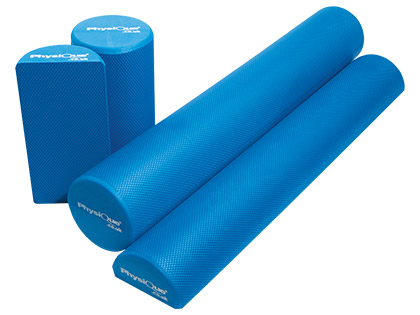


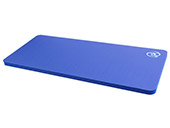

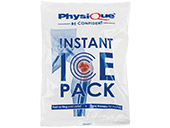
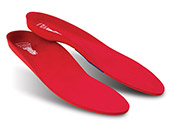
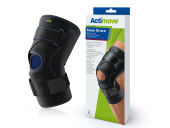
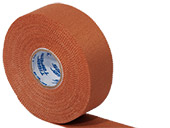
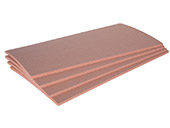
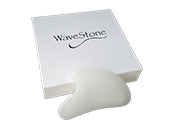
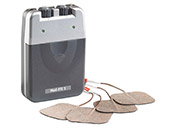
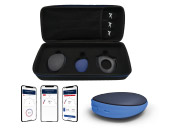
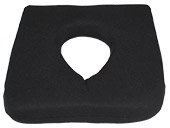
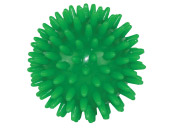
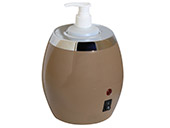


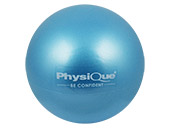
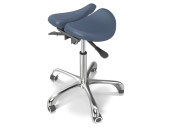
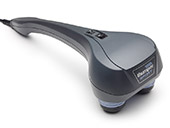
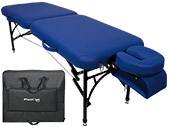
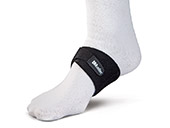
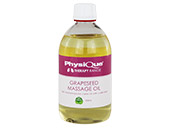
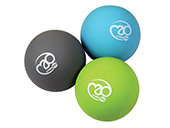
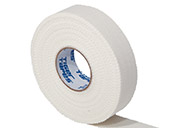
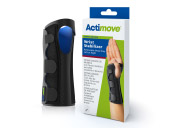
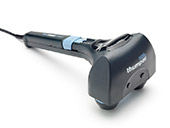
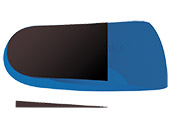
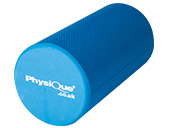
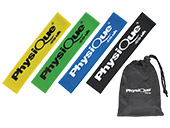
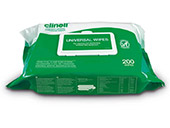
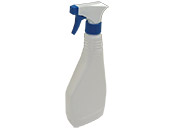
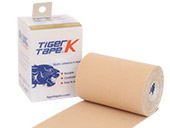
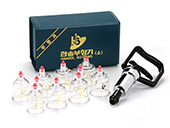
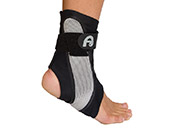
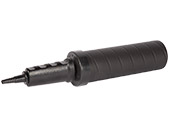
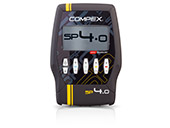
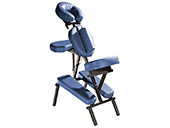
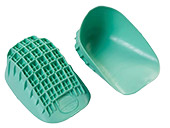

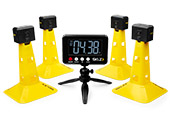
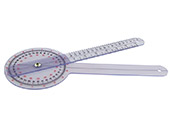
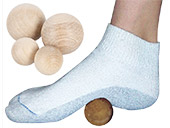
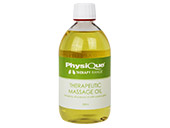
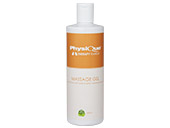
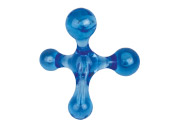
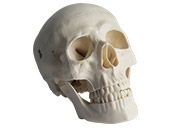
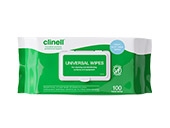
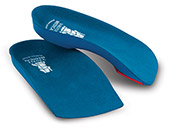
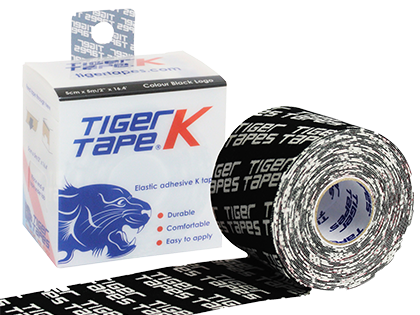
Did you find this article useful?
Why not share this with a colleague, patient or friend?